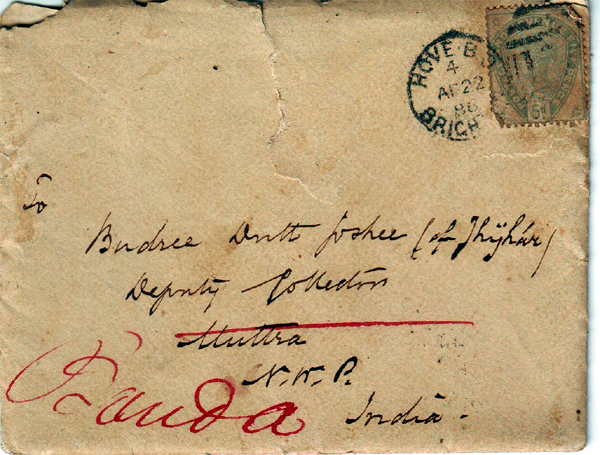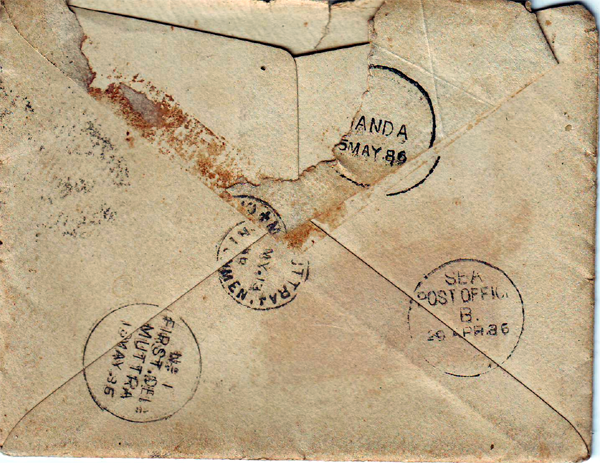Apr 14, 2025
Apr 14, 2025
Wonder how people communicated in the past! Amongst all the animals, man is the only one that communicates with letters and words. Other animals do not have a written language as such. Our ancestors used different ways to communicate. The heroine of ‘Meghdoot’, the poetical epic of Kalidas used clouds to convey her feelings to her lover. Did she know cloud computing!
Communication has been man’s earliest forte. Whether by shrill whistles or drums or fire mankind has been communicating with his like since times immemorial. The Hindu epics Mahabharata and Ramayana have records of messengers carrying letters. Throughout the history using messengers as carriers of letters has been the privilege of the rulers. Gradually the rulers realized the significance of trade and allowed the traders to use the ‘dak harkaras’ of the kings for sending their messages as well against a fee.
As early as 14th century big traders also developed their postal system. The practice continued for 300 years. In the 17th century the East India Company too utilized this service for communication between its trade centres. And in due course the East India Company laid the foundation of what we call today as the Indian post.
How efficient was the postal system in the days gone by is exemplified by the images of an envelop treasured by me.
In 1886 my great grandfather Pundit Badri Dutt Joshi was posted as Deputy Collector at Mathura, then spelt as Muttra in the then North West Provinces, now Uttar Pradesh. One of his Commissioners after retirement went and settled in Brighton in South England. He sent him a letter on 22nd April 1886 (the post mark is clearly stamped). Those days dak traveled overseas via sea only. The British had established Post offices at Sea. Accordingly the envelop bears a stamp of 29th April 1886 of a Sea Post Office, presumably of Bombay. This is being concluded from the letter B in the postmark and it is also known that a post office at Sea existed there.


It is just amazing to note that despite a tough, dacoit infested terrain, the envelop made a 1000 km voyage from Bombay to Mathura on horse back or in the knapsack of foot runners in mere 15 days. The post mark of 13th May 1886 of Mathura confirms this.
The addressee in the meanwhile had however, been transferred from Mathura to Banda. Someone in the office wrote Banda in a beautiful calligraphic writing in red ink and redirected the letter. With a terrain still more inhospitable between Mathura and Banda the letter amazingly covered the distance of 404 km within two days. The post mark speaks volumes about this. It is needless to emphasize that all the post marks are clear and legible even after a gap of 125 years. Hats off to those dedicated postmasters.
In the post Independence period, competing with the developed nations, our country has developed state of art electronic communication system. Even the transport system does not lag behind, with asphalt roads connecting places and super fast mail carrying facilities. Alas today no one is sure if an ordinary letter from Mathura will reach Banda at all, what to think of its travel and delivery within 48 hours!
Where have we failed?
24-Feb-2011
More by : V. K. Joshi (Bijji)

|
Thanks Devendra. |

|
An extremely readable historical narrative , with a hint of sarcasm on modern India. |